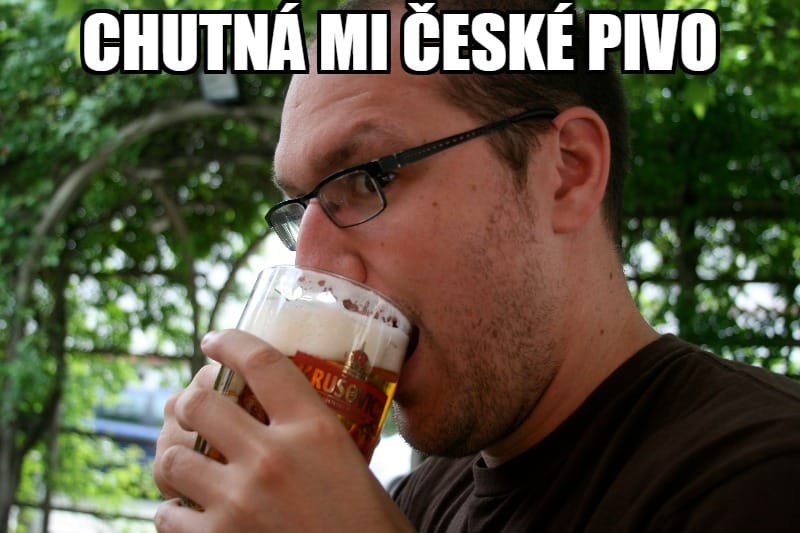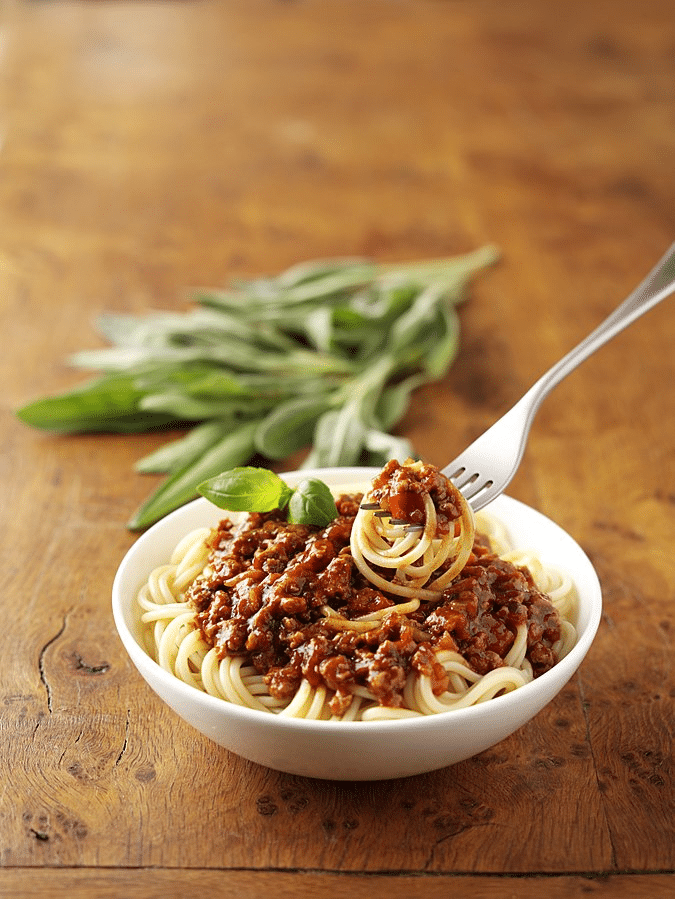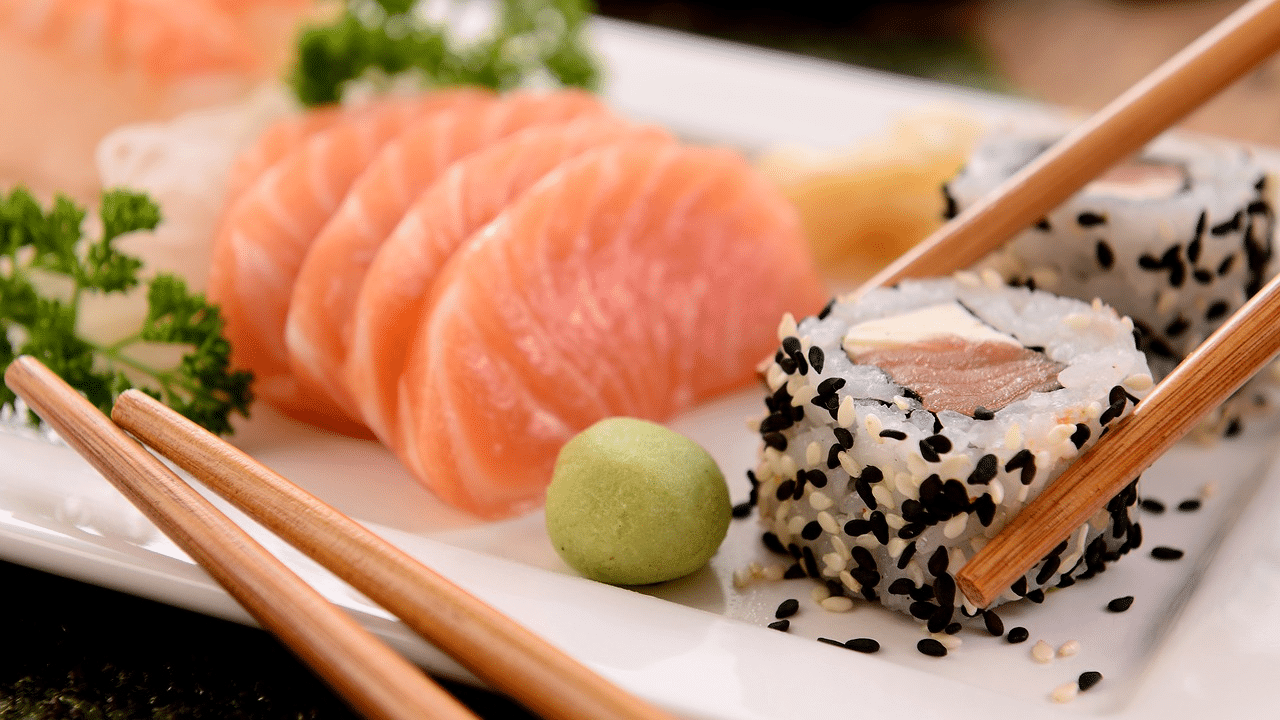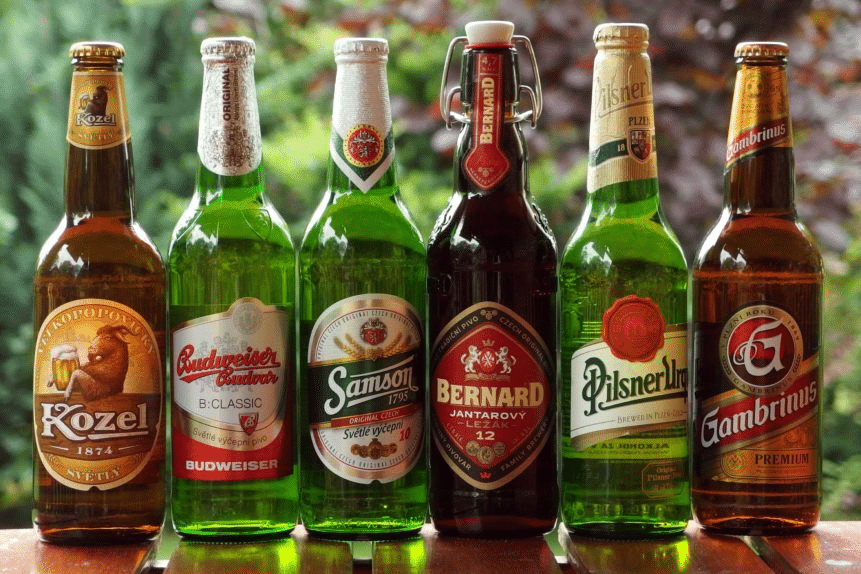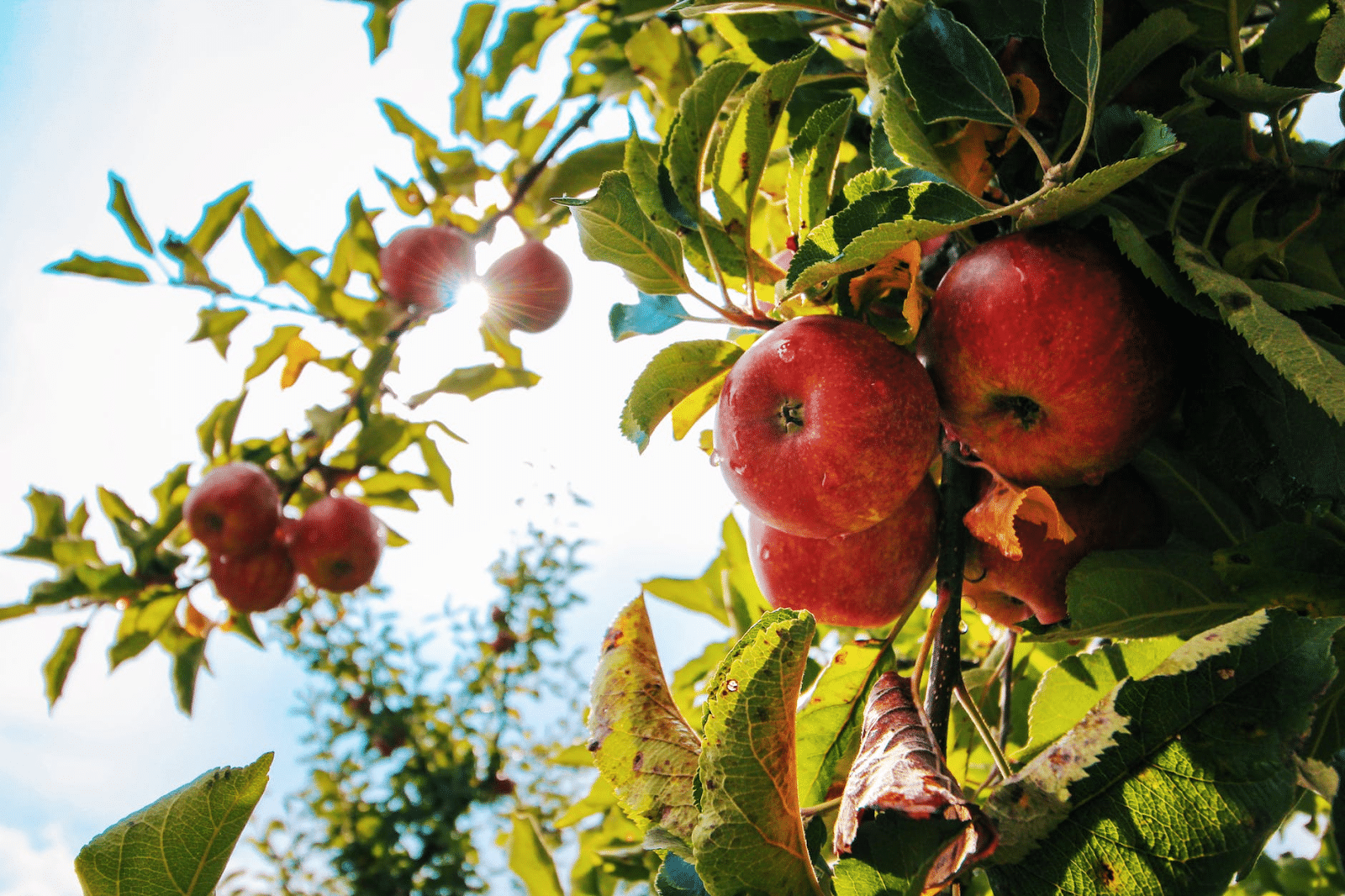3.1 – chutná mi – ‘it tastes good to me’
|
|
|
We’re going to be learning the phrase chutná mi _________. This phrase is also sometimes rendered slightly differently as Mně chutná _________, which is virtually synonymous. It is formed from the verb chutnat ‘to taste (good)’
These translate as ‘tastes good to me’, where you can put any and all sorts of food and drink items, whether it’s zmrzlina or pivo, as above, or talking more generally about various cuisines – kuchyně (f.). For example, you can talk about česká kuchyně ‘Czech cuisine’ or mexická kuchyně ‘Mexican cuisine’ or any other type of cuisine that you want. The thing that tastes good to you is the subject of the sentence (as it sounds like from the English translation).
|
Mně chutná italská kuchyně. / Chutná mi italská kuchyně. |
Mně nechutná japonská kuchyně. / Nechutná mi japonská kuchyně. |
As you can see from the second example above, you can also negate chutná (nechutná) to say that it doesn’t taste good to you.
|
Mně hodně chutná české pivo. / Hodně mi chutná české pivo. |
Mně chutnají jablka. / Chutnají mi jablka. |
In the first example above with české pivo, you can see that you can modify how much you like something (hodně, moc, trochu). In the example above with apples, the verb changes to chutnají (3rd person plural) because the subject if plural (i.e. jablka).
Word Order
When using the word mi (or ti, vám, etc.), put these forms in second position. When you use the form mně, it will appear as the first word:
Co ti chutná?
Chutná mi pivo.
Mně chutná káva. / Chutná mi káva.
Asking Someone Else – komu ‘to who’
Komu chutná česká kuchyně?
Who likes Czech cuisine?
Komu is a form of kdo used when asking ‘to who’.[1]
You can use ti – ‘to you (sg. informal)’ or vám ‘to you (pl./formal)’ to ask someone directly:
Informal – Jaká kuchyně ti chutná?
Formal – Jaká kuchyně vám chutná?
This will help you understand the question Jaká kuchyně vám nejvíc chutná? – What cuisine do you like the most (lit. tastes [good] the most to you). Here are some other useful qualifiers:
víc / více – ‘more’
nejvíc / nejvíce – ‘the most’
míň / méně – ‘less’
nejmíň / nejméně – ‘the least’
Note – the forms více, méně, etc. are considered more formal and occur most often in writing.
Images used in this document come from these sources.
[1] This form is called the dative, and is the same thing we saw when talking about age. However we won’t be dealing with it too much for now, except a few isolated forms.

